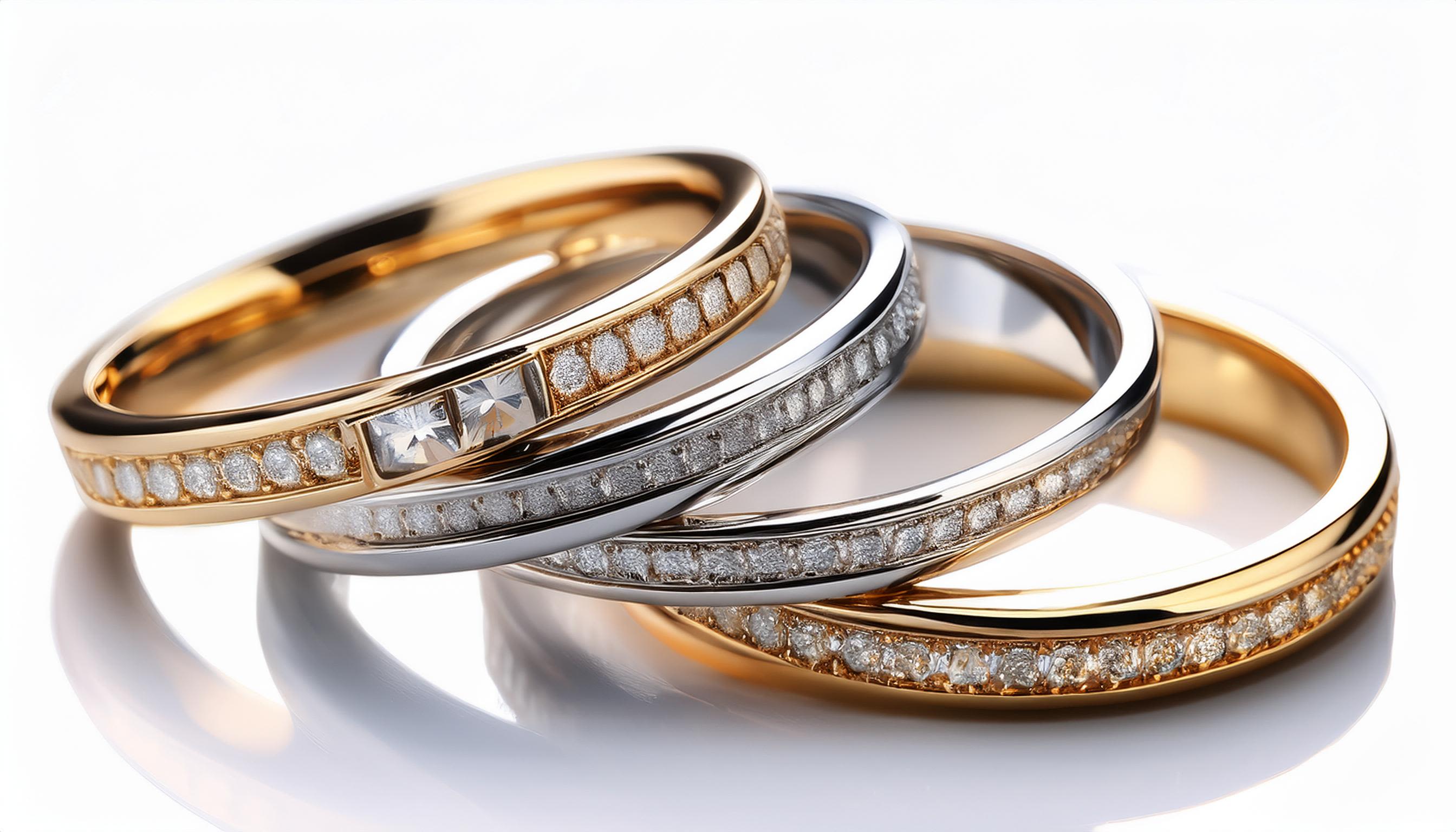The do's and don’ts of buying pre-loved jewellery

Pre-loved jewellery is definitely the way to go, but it’s not unreasonable to feel a little unsure about it, especially if it’s the first time you’re considering it, and it’s not the way you usually buy. But buying second-hand jewellery can be a rewarding experience if you know what to look for, and we want you to have the best experience possible. That’s why we’ve put together this guide to help you make an informed purchase, especially for big purchases like an engagement ring.
1. Research
Before you start shopping, do some research on the types of jewellery you’re interested in. Familiarise yourself with different styles, materials, and hallmark stamps that indicate authenticity. Make an effort to compare prices, so you know what you might expect to pay for the item you have in mind.
2. Set a budget
Once you’ve compared prices, determine how much you’re willing to spend. Having a budget in mind will help you narrow down your options and prevent overspending.
3. Check the seller’s reputation
When it comes to buying second-hand jewellery, trust is key. That’s why you should always, always do this check, whether you’re buying from a pawn shop, an online marketplace, or a private seller. Look for reviews, ratings, and any certifications that indicate they are trustworthy. If you’re buying from Cash Converters, however, know this: we prioritise authenticity and value. All the items in stores that carry the Cash Converters Certified badge have undergone rigorous checks to meet high standards. Each piece goes to the head office and through the Jewellery Processing Centre (JPC), where it is cleaned and evaluated.
4. Inspect the jewellery
Examine the piece closely for any signs of damage or wear. Check for loose stones, scratches, or any repairs that may have been done. If possible, ask for a magnifying glass to get a better look. Check for hallmarks. These are small stamps that indicate the metal content and sometimes the maker of the jewellery and can provide valuable information about the piece’s authenticity and value.
Here are some common hallmarks you might see that indicate the purity of the metal used in the jewellery.
Gold: 9K, 10K, 14K, 18K, 22K, and 24K, where “K” stands for karat. Alternatively, you might see numbers like 375, 417, 585, 750, 916, and 999, which represent the parts per thousand of pure gold.
Silver: Look for marks like 925 (sterling silver), 800, 830, or 999 (fine silver).
Platinum: Common marks include 850, 900, 950, and 999, indicating the parts per thousand of pure platinum.
5. Ask for Documentation
If the jewellery comes with any certificates of authenticity or appraisals, ask to see them. This can provide valuable information about the piece’s history and value.
6. Consider the Return Policy
Make sure you understand the seller’s return policy in case the jewellery doesn’t meet your expectations. At Cash Converters, jewellery that carries the Cash Converters Certified mark will have a 6-month guarantee, which means we will fix anything that breaks within 6 months, or you may return it for something of a similar value.
With this knowledge in hand, there is nothing stopping you from visiting your nearest Cash Converters store to have a browse. You never know what you might find!


